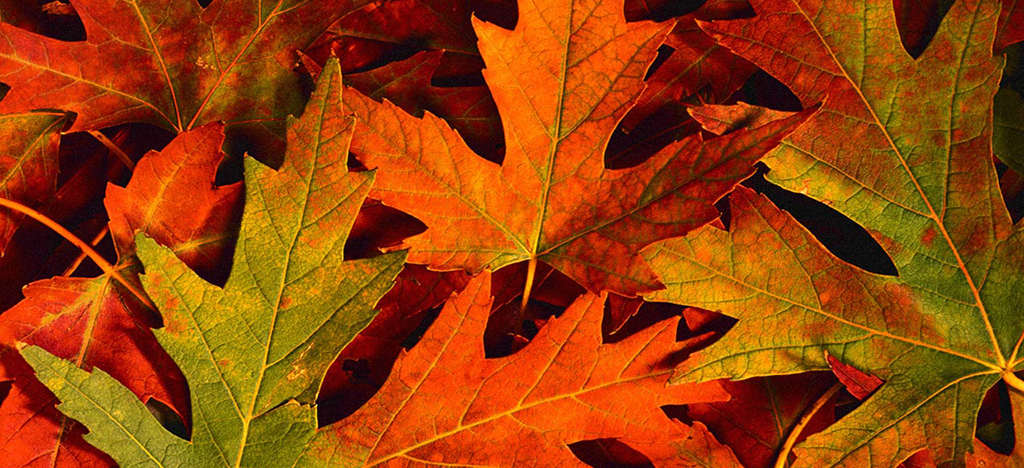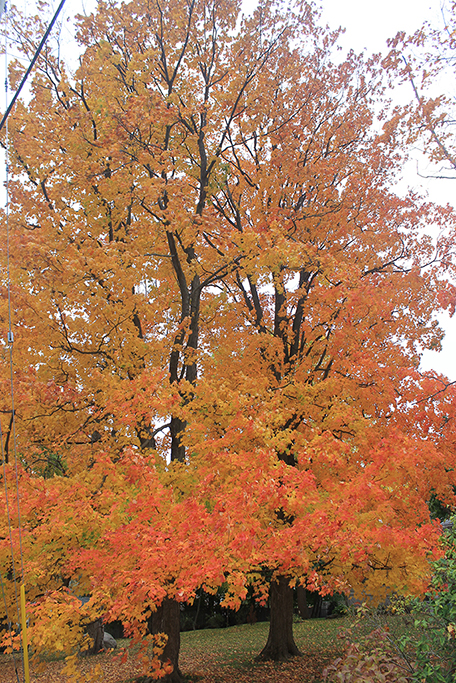
Autumn Colours.
Every Autumn in Ontario we are fortunate to enjoy the beauty of trees in their fall colour. The mixture of red, purple, orange and yellow is a site to be seen but how does this happen and what factors effect this show of colour?

Why Do Leaves Change Colour?
During the growing season, the leaves are green because of the presence of chlorophyl. The chlorophyl is used by the tree during photosynthesis to convert sunlight into sugars. In the Fall, as the days get shorter, photosynthesis slows down and eventually breaks down allowing the other pigments present in the leaves to become visible.
Why So Many Colours and What Causes Them?
The different colours are caused by different compounds contained in the leaves.
Here are a few of the compounds that create those stunning Fall leaves:
Carotenoids: The pigments that produce the yellows and golds are present the whole season. They are the least affected by weather
Anthocyanins: The compounds that creates reds, pinks and purples are produced in the Fall. These compounds react with excess sugars stored in the leaf and sunlight to create those bright colours. A mixture of both of these compounds creates the beautiful Orange that we see in some species of trees across Ontario.

What Affects the Timing of Colour Change?
A growing season that has had sufficient rain and an Autumn with sunny days and cool nights, will have a good showing of colour. Drought can affect colour change, as well as too many cloudy days with rain. Stress (yes trees get stressed too!) can effect colour change too. Individual trees that are changing colour early or dropping leaves ahead of other nearby trees of their species may be stressed by weather, disease or other environmental conditions.

Evergreens and leaf change.
Though coniferous or “evergreen” trees do not loose their entire crown each fall like deciduous trees do, they do not hold onto their leaves (needles) forever. You may notice yellow or brown foliage on Coniferous trees during the Autumn followed by fallen material around the root zone of your tree. Cedars, Spruce and Pine will loose their leaves every few years. This is commonly referred to as flagging. The new growth remains green while older growth browns and falls from the tree. This can be left around the tree to mulch the roots and add nutrients to the soil. This works best in mulched beds as it will lawns.
“Autumn is a second Spring, when every leaf is a flower” – Robert Camus


You must be logged in to post a comment.